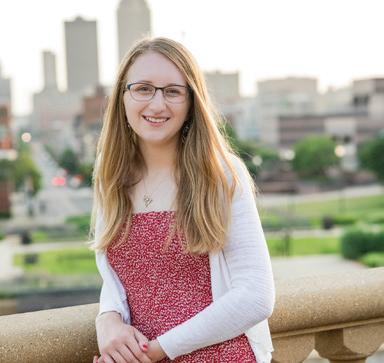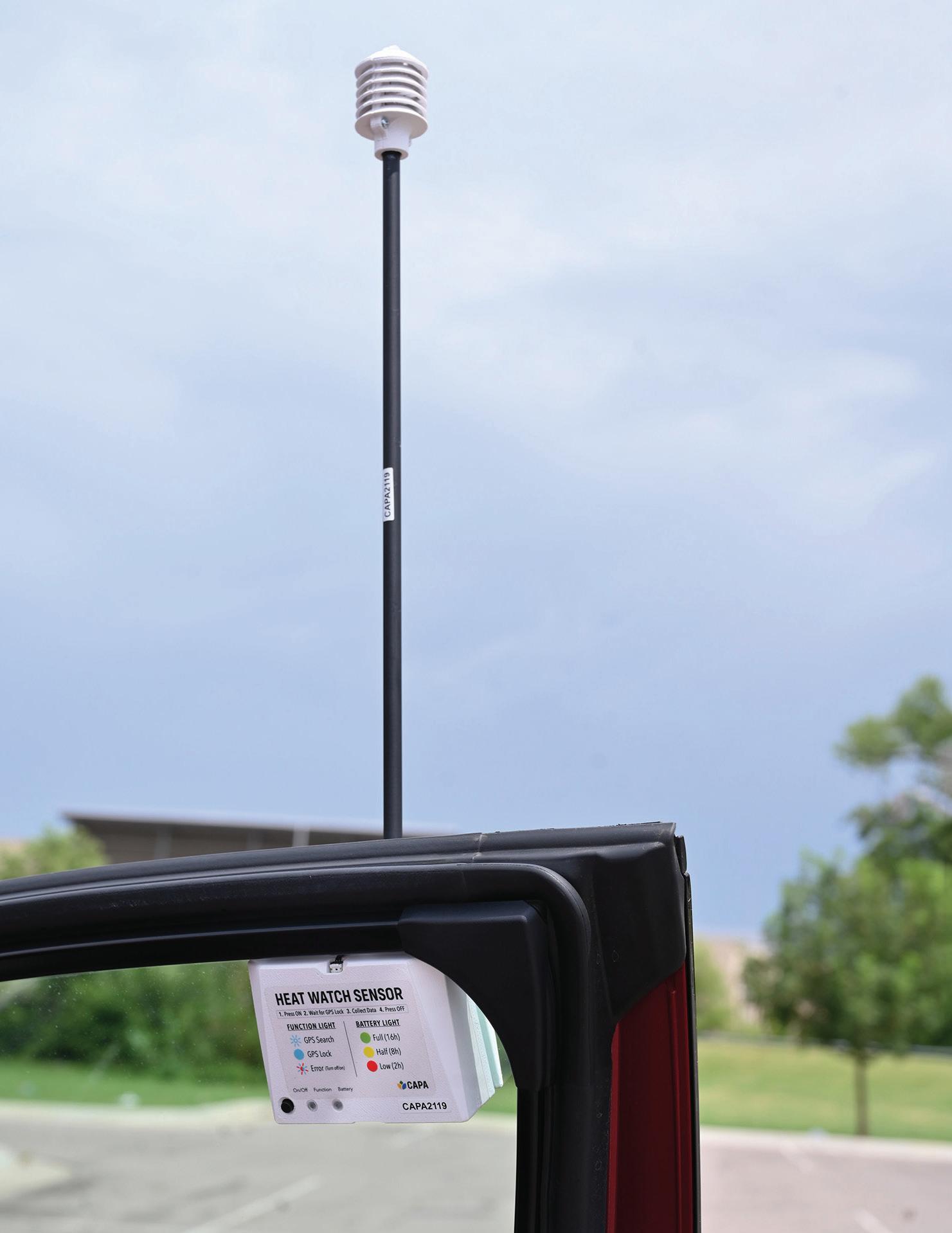
10 minute read
Making OK Cool
The Intersection of Environmental Health Science and Urban Planning
Dr. Hongwan Li boils the term interdisciplinary down to teamwork. “I enjoy doing interdisciplinary research because my background is interdisciplinary,” she says. Li received her bachelor’s degree in mechanical engineering. Her master’s thesis focused on testing for and removing methamphetamine-contaminated drywall in housing to ensure that future occupants were protected. After publishing her thesis work, several communities and nonprofit organizations contacted Li to request information and guidance. “I tried my best to provide information based on the results from my experiments,” says Li. “This made me feel like my research was helping people.” Li recognizes the importance of working with people in different fields to help build and maintain healthy communities. After completing her doctoral degree, she spent time with the Environmental Protection Agency.
“Then COVID-19 hit, and my research transitioned slightly to the microbial side, focusing on airborne viruses,” she states. During the pandemic, Li took her aerosol instruments to restaurants and fitness centers to collect air samples. She hoped to address questions like: “Is it safe to dine out at a restaurant?” and “Should I wear a face mask when I’m at the gym?” Some business managers asked her not to sample in their locations, but many were open to it. “The businesses that allowed me to sample were very supportive and confident in scientific research,” says Li. She explains that people would ask her what she was doing when they saw her with the instruments. One of the unexpected benefits of this research was it helped Li learn how to talk with various people and share scientific information with them—both of which are critical for interdisciplinary research. “I feel I have a heart to work for the people,” she says. Li is especially interested in research involving vulnerable populations like children and seniors. One of her research projects involves studying how to improve dementia care outcomes in nursing homes by optimizing architectural and environmental quality factors. “When I take my air quality equipment into nursing homes, I get to make a difference in helping to improve the lives of the residents,” says Li. Her main research focus is risk assessment, specifically health risks related to air quality. “I enjoy fieldwork and being out in communities, but I also spend time in the lab working to develop the next generation of bioaerosol samplers,” says Li. She stresses the importance of collaborating and communicating with stakeholders to create policies to reduce risk. Li always takes a portable carbon dioxide sampler with her when she engages with communities or anyone not in her field. “When I talk about an air quality sensor, people often give me a blank stare,” admits Li. “Having the sensor with me allows me to show them what the sensor looks like and how it functions.” Many sensors can even be linked to your phone, allowing the data to be read in real-time.
Li’s research and knowledge take center stage when she participates in community workshops to educate community members, hear their concerns and engage in open discussion. “This helps us determine what our next project should be,” she says. This summer, Li led a workshop in the JFK neighborhood in Oklahoma City. She invited faculty from architecture, geography and environmental sustainability, and meteorology to speak. “I make it simple by saying I’m here to help you tell if the air quality is good for you,” she says. She notes that community and interdisciplinary research are like the inverse of an academic paper. Instead of starting with the introduction and moving into the methods, results and discussion, talking to the general public begins with discussing the research goal and then leads into the methods and background. “It’s a very interactive process to help people understand the point,” says Li. She feels that people are generally supportive of environmental exploratory studies. However, she has encountered people who wonder if the samplers are recording or tracking them.
“I explain that it’s commercially made, and I can provide all manufacturer instructions,” confirms Li. A great example of interdisciplinary research at a citywide level is a National Oceanographic and Atmospheric Administration-funded research project with Oklahoma City to collect heat data for the Urban Heat Island Mapping campaign. Researchers from three University of Oklahoma colleges are involved: Hudson College of Public Health, College of Atmospheric and Geographic Sciences, and Christopher C. Gibbs College of Architecture. Li is on the steering committee and helped design training for the campaign volunteers. On Aug. 12, approximately 300 volunteers attached portable sensors to their vehicles to measure temperature, humidity and carbon dioxide. Each volunteer team drove predesignated routes throughout Oklahoma City to collect the data. There were three shifts: morning, noon and evening. Each group consisted of two volunteers: a driver and a navigator.
One of the goals was to determine if communities and areas with lots of trees and shade had cooler temperatures. “We are bringing stakeholders from many sectors together to learn how to cool Oklahoma down,” says Li. The results will determine areas in Oklahoma City with the hottest temperatures. The city will prioritize areas with the most vulnerable populations for risk reduction by planting trees, installing cooling shelters, shade structures, etc. To learn more about the Urban Heat Island Mapping campaign, visit https://www.okc. gov/departments/planning/programs/sustainability/ extreme-heat.
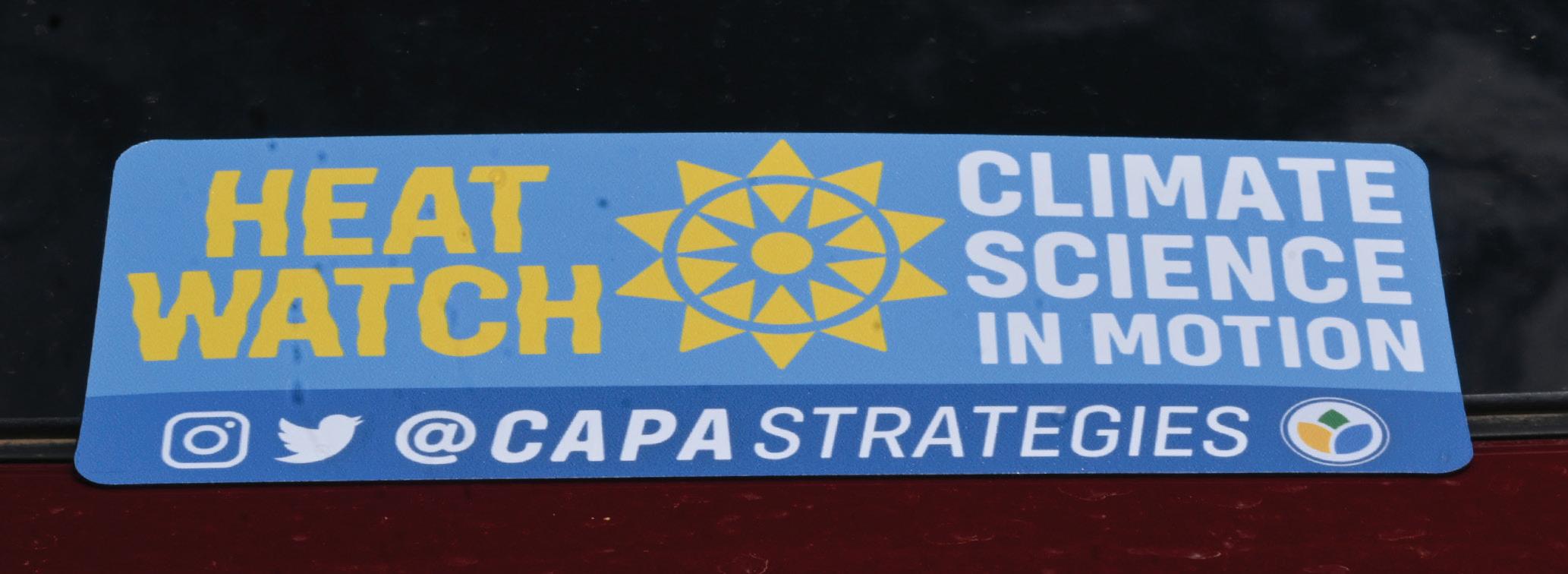
When asked about the challenges of interdisciplinary research, Li notes that language can be a challenge. “I don’t mean English,” she says, “I mean terminology.” For example, an epidemiologist’s definition of risk may pertain to outbreaks or the percentage of people who get sick. However, when Li talks to a microbiologist, they might define risk as a dose-response (e.g., a dose lethal enough to kill 50% of a population). “I’m still learning from each experience,” comments Li. “When I talk to people, I first try to understand their background and field so that I can avoid any confusing words.” She typically starts with the definition to ensure everyone is on the same page. The goal is to make sure each team member speaks the same scientific language for the research project. Li notes that the pandemic provided an excellent opportunity to promote public health and generate interest in the field. One of the benefits was that scientists from other fields transitioned their research to bioaerosols or airborne viruses during the pandemic. This meant that people from many areas and backgrounds provided their knowledge to conduct pandemic-related research. One of the downsides to this was that some researchers weren’t trained on the fundamentals of airborne viruses, leading to unclear research articles. “When I was doing literature reviews, maybe 10-20% reported the limit detections of their studies,” says Li. “I realize the need for information during the pandemic was urgent, but we should create an interdisciplinary framework to help researchers collaborate quickly and efficiently.”
MORE ABOUT Dr. Hongwan Li
Bucket List
Li hopes to visit Alaska someday. She grew up in southern China and recalls the hot and humid weather. “When was little, saw a picture of Alaska and really wanted to go there,” she says.
Food
Li always has a variety of individual snacks in her office that she offers her students. Her hometown is known for the hotpot. “The soup is so good!” Li proclaims. She especially enjoys spicy dishes.
Hobbies
Li enjoys hiking and spending time with friends. She has two children, and they like to visit the local library and splash pad in the summer. Before initial meetings with anyone outside her field, Li presents her slides/information to her daughter. “If she can understand it, that’s a good sign that the audience will understand it,” says Li. Her daughter also asks questions and helps Li clarify her words and phrases. Along with her 7-year-old and 8-year-old children, Li has a 10-year-old dog named 狗 (pronounced Gǒu).
“Our dog has a Chinese name which means dog,” laughs Li.
Role Model
Dr. Jade Mitchell, Li’s post-doctoral mentor at Michigan State University, is her role model. Previous mentors taught Li how to work and write papers, but Dr. Mitchell taught her how to manage work-life balance. “When my father passed away, he was in China, and my mother and I were in Michigan,” says Li. “During that time, Dr. Mitchell shared her personal experiences and encouraged me to take time off to be with my family.”
MEET THE 2023-2024 HUDSON COLLEGE OF PUBLIC HEALTH STUDENT ASSOCIATION (HCOPHSA)
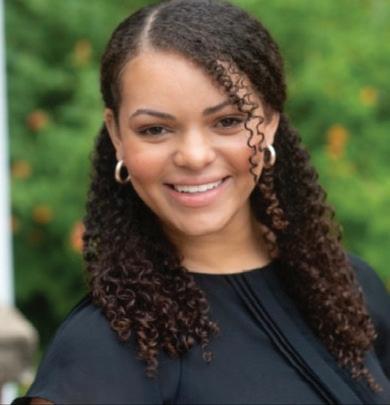
Why did you choose to get a public health degree?
Epidemiology
Ada, Oklahoma
“I chose to study public health because it is a field that protects the health of a population and works to improve quality of life for all people. Public health promotes my research interests in chronic illnesses, preventive health, community health, underrepresented populations and health equity. I enjoy that public health is very versatile and involves collaboration with many different disciplines. One of my favorite aspects of public health is that our work has a wide reach, which makes it possible to effect change not only at the individual level but at the population level.”
Yashaswi Joshi
Interdisciplinary Public Health Surat, Gujarat, India
“When I was working as an intern physician during COVID-19 pandemic, I got a chance to work with skilled public health professionals who were trying to develop different measures to curb the deadly pandemic. At that time, I understood the importance of public health field that as a physician I can treat a patient individually but as a public health professional, I can study the trends and take adequate steps to prevent pandemics like COVID-19. I decided to pursue MPH because I think that the having knowledge of clinical medicine and population medicine is essential to become a well-rounded physician.”
Secretary Deepthi Padakandla
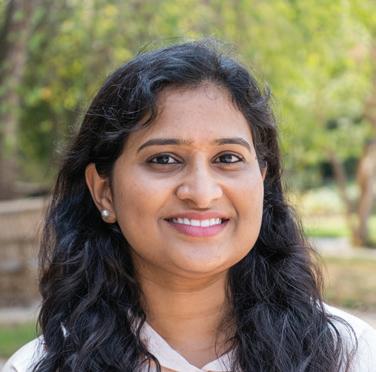
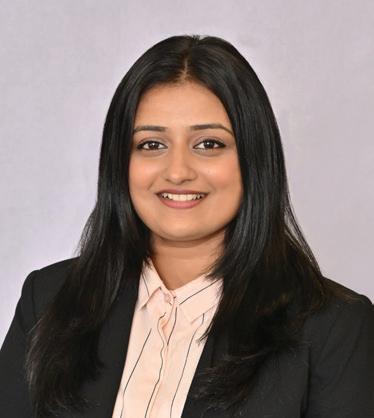
Health Administration and Policy Kurnool, Andhra Pradesh, India
“I chose to study public health due to my passion for community wellbeing. It provides a unique avenue to tackle complex health issues on a large scale. My goal is to prevent diseases, promote healthy lifestyles and advocate for health equity.”
David Bolade Environmental Health Sciences
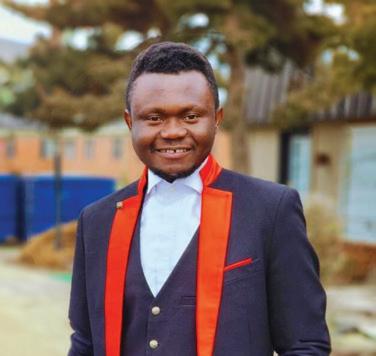
Oka-Akoko, Ondo State, Nigeria
“My decision to pursue a public health degree is rooted in its role as a preventive medicine that plays a crucial part in tackling worldwide health issues, including pandemics, infectious diseases and environmental health issues. Public health is a field that enhances the health and quality of life for both individuals and communities.”
Chair Heather Willmott Biostatistics Indianola, Iowa
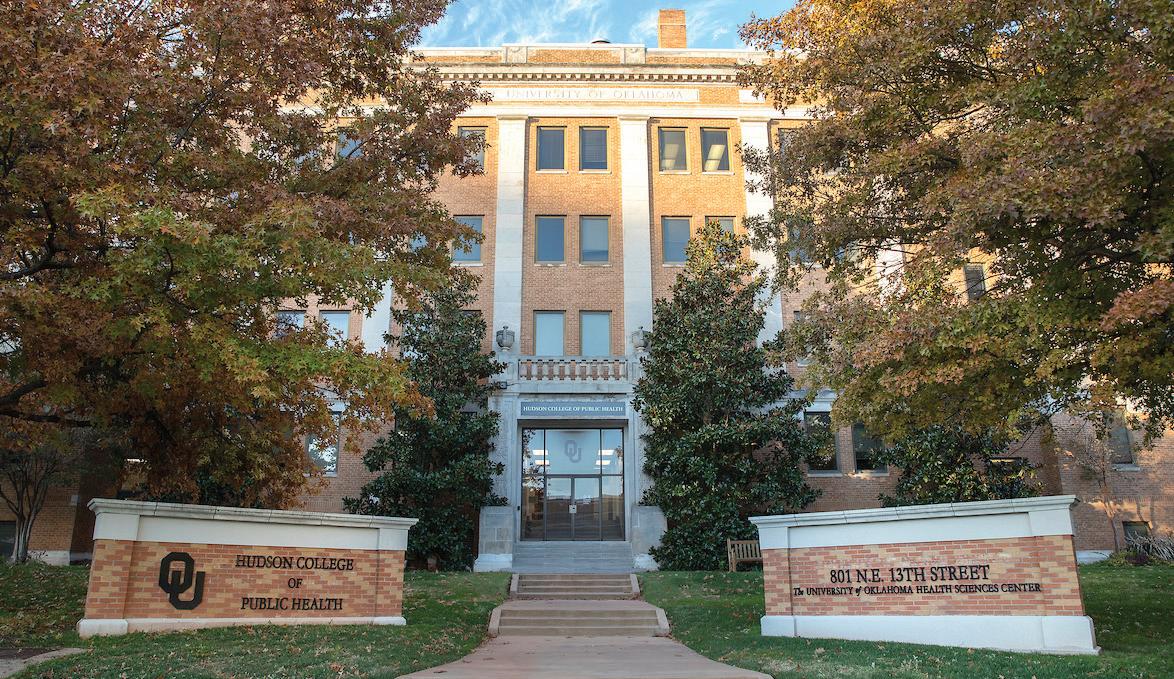
“I knew that I’d always enjoyed math and health science and was looking for a way to combine my interests when I heard about biostatistics. The COVID-19 pandemic solidified my interest in the field when I saw the need for accurate and timely data analysis. I knew this was a field I could be successful in and enjoy!”
